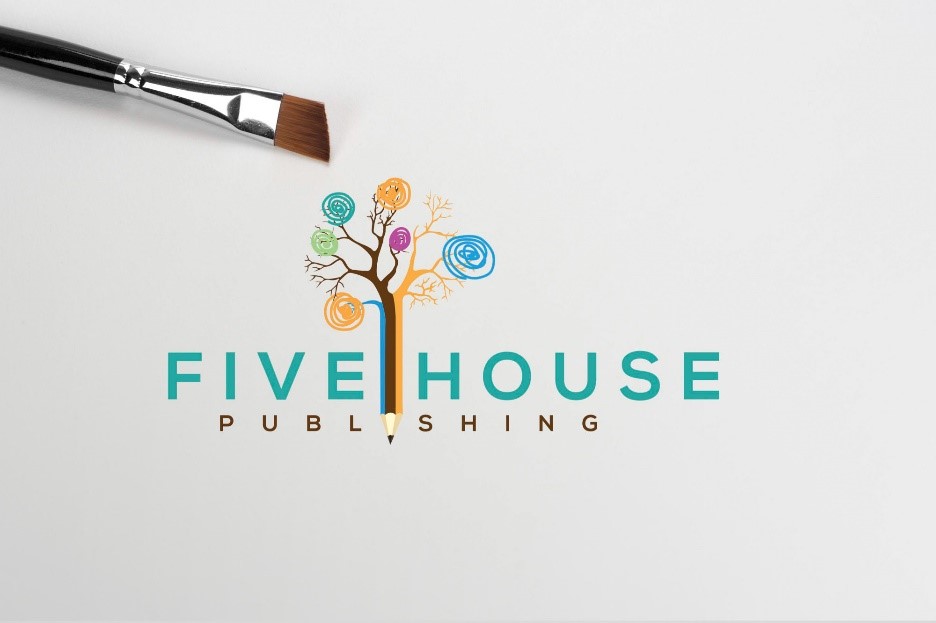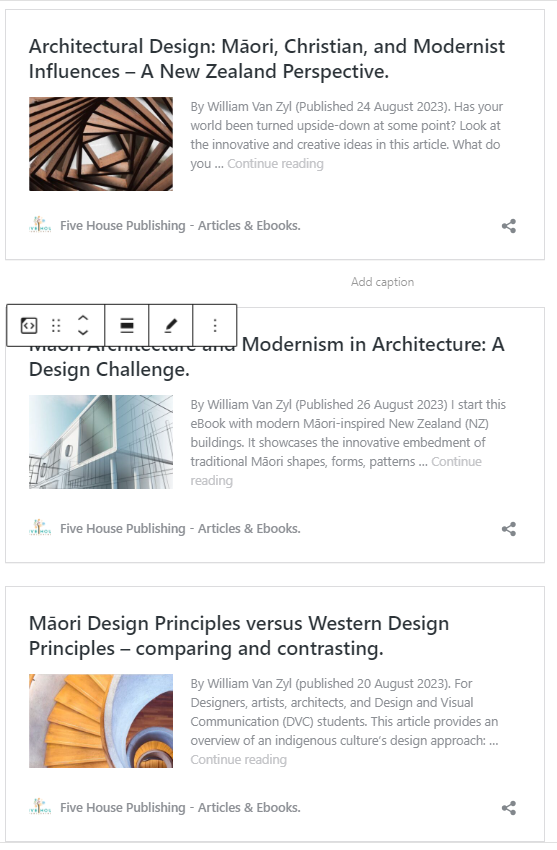To read blog posts by the author, visit:
Below are some of the recently published posts. Newest post isat the bottom of this page. March 2023.
By William Van Zyl
Published in March 2023
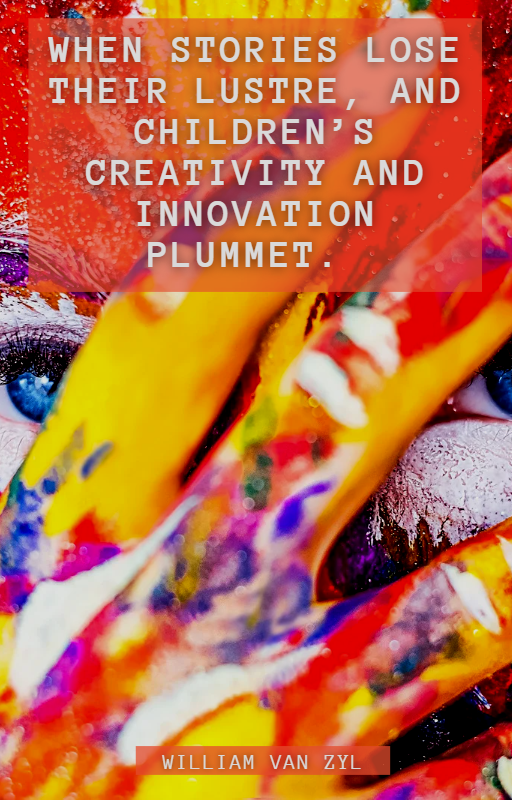
When stories lose their lustre, and children’s creativity and innovation plummet.
What can parents, caregivers and teachers do when the creativity and innovation levels of children drop?
“I am tired of all these Bible stories. Reading the devotionals and doing these prayers all the time is too much for me!?” said the young Alexander.
“You will sit down and read the Bible Story; you will listen and pray before you go to bed!” said the dedicated dad with a stern voice.
Alexander folded his arms and sighed. “I don’t want to.” He unfolded his arms and said compliantly, “Ok, I will.”
—--------------------------0—----------------------------
That night his mum and dad discussed the comments and behaviour of the strong-willed Alexander displayed over the past couple of days.
“What is going on with Alexander? Do you know?”
“How do we allow Alexander to develop his creativity without overdosing him with the scriptures and the Bible?” asked the dad.
“I think we have to allow Alex more freedom. We also have to expose him to more advanced technology and modern ideas and concepts. I’ve been reading and researching. I will share with you what I have found,” said the mum.
“Maybe we should expose Alex to more open-ended questions, more challenging activities, unique stories, higher-order ideas and advanced concepts?” responded the mum.
“But how can we create more open-ended resources? How can we change the way we do things? How can we liberate Alex in his thinking? How can he be freer in his thinking and remain fully Christian?” asked the mum with a frown on her forehead.
“Yes, we do want Alexander to value those strong Christian fundamentals. Those richly layered Bible stories are so powerful; it provides an extravagantly wealthy library of truths and concepts,” said the dad.
“I have found a short essay and some ideas on how to develop creativity, I will share it with you,” said the mum.
—-------------------------------0-------------------------------
Does this conversation sound familiar to you? I think parents should evaluate the methods they use to develop their children’s creativity and innovation. I have written this short essay for you, and I list several ideas you can use as a parent, caregiver, or teacher. Additionally, for those interested, I have included a Christian take on creativity and innovation
I will start with the list of strategies, and then the short essay will follow.
Here is the list of strategies and activities you could consider:
- Abstract Art: What could a scene from the bible, a character, an object, or an artefact look like in abstract form?
- Futuristic approach: What would Jesus do if he lived on the Moon in 2082? What would He say? What type of Space Stories would he tell? Be creative, write a short one, and make a couple of sketches to accompany the story.
- Redesign an insect or sea creature of your choice. Think about God’s amazing designs Investigate the shape, form, pattern, colours, size, the science behind it, the interaction with other species, eating food, and more. Sketch it. Make a quick watercolour drawing (use a fountain pen and ink). Create extravagant washes. Compare your design with God’s design work. Could you improve on something?
- Choose to read extravagantly rich and unique stories and books to children. “Inside my Imagination.” What if .....
https://youtu.be/RH1VpyJgi9g
- Collect National Geographic Magazines and allow children to read through them. The rich images and articles are a stunning way to hook children into nature, cultures, science, and much more.
- Watch Superbook on a TV or device. Every story from the Bible that Superbook tells has a lesson to be learned, and the lesson is applied to real-life situations. Superbook keeps all of the kids in my Bible study classes entertained and wanting more. I use this for kids TK-8th grade. The start of most Superbook episodes is with Chris, Joy and Gizmo (the robot), and either Chris or Joy has a situation to deal with (making the right choice, helping someone, forgiving someone, etc.). Then Superbook takes them back in time to a part of the Bible that will help them with their situation back home. The kids and Gizmo interact with the people from the Bible and learn so much! The fact that Superbook can cram so much information in such a short time frame is beyond me. During the kid's adventure in time, they ask questions and a lot of times Gizmo uses his inner computer to answer the question, OR someone from the Bible answers it. After the kids have learned their lesson, Superbook takes them back home at the same time they left, and the kids can now make good decisions and take action; for example, sharing their pizza with the less fortunate.
A scene from Superbook. See the robot on the far right. Chris Quantum is your typical Middle School student -- except if you take into account one of his best friends is a robot named Gizmo. Add his best friend, Joy Pepper, into the mix, and you have a recipe for adventure. The adventures begin for this trio when a mysterious device appears, taking them on journeys throughout the Bible. Travel back in time and get ready for the journey of a lifetime!
- Tell a Bible story in Minecraft Education: For example, the Story of Moses.
https://youtu.be/Qq_mtBE_P4U
- Purchase a Bible for Minecrafters and give it as a gift to your children or grandchildren:
'The Unofficial Bible for Minecrafters – Stories from the Bible told block by block' recreates Bible stories – including the Garden of Even and Noah’s ark – in 3D form and is meant for children aged 7 to 11. Link to the article: https://www.bailiwickexpress.com/jsy/news/minecraft-bibles-donated-help-boost-religious-education/?t=i#.ZB2MM3ZByUk
- Animate a Christian song in Minecraft: For example, Chris Tomlin - Our God is Great. See the video below.
https://youtu.be/r3L7vNblPrQ
- Solve a problem with an Arduino Uno: See the details of blinking an LED in the article.
- Solve a problem with a BBC Microbit (Version 2): Micro:Maqueen. See the details later in the article.
- Design a virtual 3-d object in TinkerCad and then 3-d print the creation. 3-D printing.
- Design a virtual circuit in TinkerCad Circuits: Create virtual circuits in an instant.
- Produce a Podcast: Open-ended -fiction - Ask children to create a unique story. Tell a story using Podcast software. Teach them how to create sound files on Podcastle (free). You will need a quality USB microphone. Podcastle is free. Once the voiceovers are completed, import short sound snippets from Free Sound -https://freesound.org/. You can find any short sound file (or longer sound files) for free. Import and place at the appropriate place on the timeline. Children will have lots of fun. The sounds will make the story come alive. Choose into and outro music to match the genre of the story (e.g. drama, suspense, and so on). Here is an example of one of my stories: Search PODBEAN or SPOTIFY - 'The Extravagant Podcast.'
 Link to PODBEAN podcast: https://williamvzyl.podbean.com/e/silver-chopsticks-miraculously-save-dong-hyun-s-life-by-william-van-zyl/
Link to PODBEAN podcast: https://williamvzyl.podbean.com/e/silver-chopsticks-miraculously-save-dong-hyun-s-life-by-william-van-zyl/  Example of the Podcastle tools.
Example of the Podcastle tools.
Here is another post of mine that focuses on Creativity. Worth reading!
I include the 3 most important things as an excerpt:
Three things to embed in the lesson to make it soar (Hammond, 2015):
- Gamify it. Students can create an aquaponics system in Minecreaft Education. Automate it using Redstone and other actuators (moving arms).
- Make it social and collaborative. Design groups that will gel and assist one another. Consider combining strengths. Have a competition or challenge.
- Storify it: Let student write creative stories (fiction) as they are inspired by their Minecraft worlds (aquaponics context).
https://fivehousepublishing.com/2022/11/27/do-these-things-right-now-to-elevate-creativity-and-innovation/
Link to the blogpost: https://fivehousepublishing.com/2022/11/27/do-these-things-right-now-to-elevate-creativity-and-innovation/
Let’s look at the very short essay.
How to develop young children’s creativity and innovation.
By W Van Zyl (Published March 2023).
Included is some assistance - in two or three paragraphs - from AI to expand the important aspects. It was incorporated to save you some reading time.
Introduction:
Creativity is essential for young children to develop as it enhances their problem-solving abilities, self-expression, and critical thinking skills. Creativity helps children to think outside the box and develop innovative ideas, leading to improved social and emotional development. That is what employers are looking for. Those 21st-century skills: Solving real-life problems, collaboration, teamwork, and more. In this essay, I will discuss several strategies for developing young children's creativity It will include providing a supportive environment, encouraging exploration and experimentation, and providing open-ended materials. I will also comment on the Christian foundational truths and how these could be more exciting, stimulating, and inspirational. Do you have any ideas? I have listed my ideas and I have discussed some of them in detail.
A supportive environment is crucial:
Creating a supportive environment is essential for fostering creativity in young children. Parents and caregivers should encourage children's curiosity and support their interests, regardless of how unconventional they may seem. According to Sternberg and Lubart (1999), supporting children's interests and encouraging them to pursue their passions is essential in developing their creative potential. Parents can provide a variety of opportunities for children to explore their interests, such as attending museums, reading books, and engaging in creative activities. Invest in a home filled with unique, instructional, and How-it-works books, and STEAM components - name a few.
Exploration and experimentation are a must:
Encouraging exploration and experimentation is another effective strategy for fostering creativity in young children. Children should be encouraged to explore and experiment with different materials, such as paint, clay, circuits, computer programming, building blocks, mechanical objects, sketching and art materials and techniques - to name some of the important ones.
When children are allowed to experiment and explore freely, they learn to solve problems and develop innovative ideas. According to Amabile (1996), children's creativity is enhanced when they are allowed to experiment and take risks. Parents and caregivers can provide children with open-ended materials and tools to encourage experimentation, such as blocks, art supplies, and toys that allow for imaginative play. More on open-ended materials and lessons next.
Open-ended materials are important:
Providing open-ended materials is another effective strategy for developing young children's creativity. Open-ended materials can be used in various ways, allowing children to use their imagination and creativity to create something unique. Examples of open-ended materials include writing creative stories of fiction, painting with different types of paints (oil, acrylic, and watercolours), sketching with soft pencils and fountain pens, and sculpting with clay or plasticine, creating objects and structures with building blocks, using recycled materials in creative projects, and solving problems with microprocessors (Arduino & Microbit) and mechanical gadgets (eg. Meccano). When children are given open-ended materials, they are encouraged to think creatively and use their imaginations. Kim (2011) states that open-ended materials promote children's creativity and imagination.
What does an open-ended project look like? How could the Holy Writ be associated with robotics and programming (microprocessors)?
Hello, my name is Maqueen! I'm a programmable robot perfect for STEM education that is designed to work with the BBC micro:bit. My mini-body, interesting features and plug-and-play allow children to quickly learn graphics programming in a way that is exciting! I'll be sure to spark your students' interest in robotics and encourage problem-solving and logical thinking. Suggested Age: 10+. Credit: https://learningdevelopments.co.nz/products/micro-maqueen-micro-bit-robot-platform
The challenging question is how could the parent or teacher link robotics and AI (Artificial Intelligence) to scriptures or The Kingdom? Do you have any ideas on how to make a modern contemporary connection?
I will give you some ideas. God wants to program us as Christians. Really? Yes, I am convinced. King David allowed his heart to be coded by His Word.
CODE: Psalm 119: 11 - 14
11. I have hidden your word in my heart that I might not sin against you [ David says: ‘I have programmed my heart’ ].
12. Praise be to you, O LORD; teach me your decrees [God’s ancient never changing Laws].
13. With my lips I recount all the laws that come from your mouth [repetition, repetition, repetition].
- I rejoice in following your statutes [God’s codes] as one rejoices in great riches [encoding yourself with God’s Laws enriches you, and allows you to prosper].
Another example is the Ten Commandments. Allow me to use a parallel. The Micro:Macqueen coded with Python coding language (or the Arduino coded with C++) mentioned here can be coded to follow a line (digital sensor and code). It can also be programmed to avoid objects in its way (avoidance using a digital sensor). How does the ultrasonic sensor work? It sends an ultrasonic pulse out at 40kHz which travels through the air and if there is an obstacle or object, it will bounce back to the sensor. By calculating the travel time and the speed of sound, the distance can be calculated. Ultrasonic sensors are a great solution for the detection of clear objects.
ARDUINO UNO AND 3 X ULTRASONIC SENSORS: How to make an obstacle-avoiding robot with three ultrasonic sensors. I think this is a new experience for you. Because we usually make this robot using one ultrasonic sensor. Also, a servo motor is used to turn the ultrasonic sensor left and right. Credit: SriTu Hobby. Link to video: https://youtu.be/ZGXNOFrwXqA
A Badger Skin covers the Tabernacle of Moses:
I will mention one more significant opportunity to link robotics to the scriptures: The badger skin which covers the tabernacle of Moses. Are you serious? Yes, I am. The badger skin is a symbol of never changing a path. We should allow God's Word and His Holy Spirit to programme us to follow in His ancient paths. God is called the ancient of days. Unchanging. He wants us to be trained as ‘good robots.’ His code? He wants us encoded. He wants us to meditate on His Word (His Code) - Day and Night so that we may prosper (see Psalm 1).
Credit: https://liftingjesus.wordpress.com/tag/tabernacle/
Did you know that the badger never changes its path? In a 5 to 6-year study tracking badgers (Gaughran, et al, 2021) after major new roadworks obstructing their ancient paths it has been found that the badgers never change their routes (road construction in Turkey). As many as almost 50 badgers died on the roads during the study 6-year study period. You can read and see the diagrams in the research paper - Badger territoriality maintained despite disturbance of major road construction. Link: https://journals.plos.org/plosone/article?id=10.1371/journal.pone.0242586
Fig 1. Road construction phases: a) ‘Before’—satellite image of part of the study area before road construction. The hatched orange area indicates the location of the M11 motorway construction zone adjacent to the N11 road. The N11 is represented by the green line. b) ‘During’—aerial photograph of part of the study area taken during road construction revealing the extent of the change to the habitat. The N11 can be seen to the right-hand side of the photograph. c) ‘After’—aerial photograph of part of the study area taken upon completion of road construction. The motorway and access roads were completely enclosed in continuous badger-proof fencing. Credit: Badger territoriality maintained despite disturbance of major road construction. Gaughran et al. (2021). Link: https://journals.plos.org/plosone/article?id=10.1371/journal.pone.0242586
Here is an excerpt from the study comparing three similar studies on the impact of roads on badger movement and behaviour (Ireland, Sweden, and the Netherlands).
‘Roads are a major cause of mortality in badgers [9, 11, 12]. The extensive mitigation measures used in this case have proved successful in preventing badger deaths on the new M11 motorway. There were only two badger deaths on the M11 in the 14-month post-construction study phase. These were due to problems with incomplete fencing. Between 2010 and 2016 i.e., during the course of the study, we know of 49 badgers that died in RTAs on the N11 (n = 28) and minor roads (n = 21) within our study area. This gives us an average mortality rate of 10–15% per year. This is an order of magnitude higher than has previously been reported for rural Ireland [91] and is similar to figures reported for Sweden [92] but is half the mortality rate reported for The Netherlands [12]. We know that the death of a badger in our study area often prompted the movement of other badgers from different social groups into that group. If the new motorway had lacked effective fencing and underpasses, it is likely an increase in RTA-related mortality, along with associated movements between social groups would have occurred. Therefore, we recommend that the high level of mitigation measures used here is employed, and periodically checked, in all major road realignment and road building projects (Gaughran et al, 2021).’
An imaginative approach, focusing on the Scriptures and Bible stories.
Well, you may ask how can I make the Bible and the Scriptures more open-ended. I’m glad you have asked this great question. I will give you my honest opinion. I will be transparent and discuss my thinking.
If we as Christians are compared to ‘badgers’ programmed and obeying God’s Word we have the responsibility (created in His image, with a purpose for good) to programme robots to do good. Easy! That includes machine learning (AI). The Bible always give us solid direction. Never vague. The Ancient of Days has the ultimate Guide for us! His Word is a light to our feet and a lamp unto our path! Bless His Name!
I am going to conclude this article and discussion here for now. As you can gather, there is so much more to discuss. I think I have touched on the most important aspects of open-ended ideas and tasks. We have the full freedom to engage in AI and robotics as long it is for the good of humans and our environment (sustainability).
One more thing on programming microcontrollers. When I upload a code to a Micro:bit or Arduino, the code shows me human efforts (designing a code that can be uploaded to a microchip). But when I see the physical matter (the composites of the chip), I realise that THE GREAT I AM has placed the materials on earth so we humans can explore, design and create. He gave us the freedom to design and apply our knowledge. What a privilege.
How does data get stored in the microchip? Is it a mystery?
In a semiconductor memory chip, each bit of binary data is stored in a tiny circuit called a memory cell consisting of one to several transistors. The memory cells are laid out in rectangular arrays on the surface of the chip.
For those not familiar with code, here is C++ code for an Arduino (making an LED blink for one second). Notes are included in the code to provide an explanation. Credit: Modified 8 May 2014 by Scott Fitzgerald; modified 2 Sep 2016 by Arturo Guadalupi; modified 8 Sep 2016 by Colby Newman.
/*
Blink
Turns an LED on for one second, then off for one second, repeatedly.
Most Arduinos have an on-board LED you can control. On the UNO, MEGA and ZERO
it is attached to digital pin 13, on MKR1000 on pin 6. LED_BUILTIN is set to
the correct LED pin independent of which board is used.
If you want to know what pin the on-board LED is connected to on your Arduino
model, check the Technical Specs of your board at:
https://www.arduino.cc/en/Main/Products
modified 8 May 2014
by Scott Fitzgerald
modified 2 Sep 2016
by Arturo Guadalupi
modified 8 Sep 2016
by Colby Newman
This example code is in the public domain.
https://www.arduino.cc/en/Tutorial/BuiltInExamples/Blink
*/
// the setup function runs once when you press reset or power the board
void setup() {
// initialize digital pin LED_BUILTIN as an output.
pinMode(LED_BUILTIN, OUTPUT);
}
// the loop function runs over and over again forever
void loop() {
digitalWrite(LED_BUILTIN, HIGH); // turn the LED on (HIGH is the voltage level)
delay(1000); // wait for a second
digitalWrite(LED_BUILTIN, LOW); // turn the LED off by making the voltage LOW
delay(1000); // wait for a second
}
Making an LED blink, using an Arduino Uno. Virtual circuit - TinkerCad Circuits.
Conclusion:
In conclusion, creativity is an essential skill for young children to develop, and parents and caregivers can play a critical role in fostering creativity in children. Strategies for developing children's creativity and innovation include providing a supportive environment, encouraging exploration and experimentation, and providing open-ended materials. By implementing these strategies, parents and caregivers can help children develop their creative potential, leading to improved problem-solving abilities, self-expression, and critical thinking skills.
For Christian parents, caregivers and teachers, the rich links to the Bible and the Holy Scriptures can provide extravagant prompts to uncover ancient truths hidden by Jehovah. How exciting to find those golden nuggets placed along the way by Elohim. He has provided us with a life-long journey of comparing and contrasting, making associations, telling stories, finding scientific secrets, investigating His plans and purposes, and researching His hidden truths. We can be in awe of His Majesty every day. What a gift! It is like someone who found a treasure in a field - he or she goes and sells everything they have - and purchases the field.
References:
Amabile, T. M. (1996). Creativity in context: Update to the social psychology of creativity. Boulder, CO: Westview Press.
Gaughran, A., Mullen, E., MacWhite, T., Maher, P., Kelly, D. J., Kelly, R., Good, M., & Marples, N. M. (2021). Badger territoriality maintained despite disturbance of major road construction. PLOS ONE, 16(9), e0242586. https://doi.org/10.1371/journal.pone.0242586. Link: https://journals.plos.org/plosone/article?id=10.1371/journal.pone.0242586
Kim, Y. H. (2011). Playfulness, creativity, and emotion regulation in young children. Early Child Development and Care, 181(5), 677-687.
Sternberg, R. J., & Lubart, T. I. (1999). The concept of creativity: Prospects and paradigms. In R. J. Sternberg (Ed.), Handbook of Creativity (pp. 3-15). Cambridge: Cambridge University Press.
Copyright © 2023 by William Van Zyl
When stories lose their lustre, and children’s creativity and innovation plummet.
All rights reserved. This eBook/article or any portion
thereof may not be reproduced or used in any manner
without the publisher's permission, except for using brief quotations in a book review.
Published by Five House Publishing (New Zealand)
First Publishing, March 2023
More eBooks and articles are available at https://fivehousepublishing.com/
More about the author at http://williamvanzyl.com/
Creatica: A Believers Guide to Perfectica.
By William Van Zyl
Published on July 6, 2019.
Edited in 2023.

It is the year 3001. Strange and sinister sounds fill the forests. Sounds never heard before. The flutter, stutter, and clutter of unknown flying objects fill the forest’s air.
Before the year 3000, the earth was teeming with life. Natural life. But, catastrophically, the earth’s environment has collapsed. The destructive weight of industrial pollution, irresponsible disposal of effluent, and uncontrolled radioactive waste have crushed all life on earth as we know it. In the past, the land, sky, and oceans teemed with abundant life. Now, planet earth and its oceans are inhabited by weird mechanica.
Machines reign supreme. Or do they? What reigns? And, you might ask, what is behind all of this?
It is the year 3001. Strange and sinister sounds fill the forests. Sounds never heard before. The flutter, stutter, and clutter of unknown flying objects fill the forest’s air. There is an eerie presence in the forest canopy. Red, green, and yellow LED eyes are staring, and some are flashing. Not a single species blink is visible. A small digitally controlled carburettor jerks and splutters; coughing up high-octane fuel. Some of the newer models cough up yellow nuclear foam. Lithium, Nickel, Cadmium, Metal hydride, Alkaline, and Lipo-polymer ooze from a couple mechanica laying on the forest floor. Kicking and 'choking.'
Some large veined leaves are moving. The sinister whiz-whaz of a small bird-like plane scares black ants up a tree as it passes; the zoom-zoom of a small screaming turbine engine is deafening. The chameleon places its front feet in its ears to shut the noise. Its whole body vibrates violently while sitting on a tiny twig. The back legs are holding on. The chameleon is hanging on for life. The heart-stopping cacophony of mechanica shocks the forest out of its deep sleep. The intruders have no emotion. They are cold and calculating. They don’t rest; they don’t blink. Relentlessly they work - day and night - nuclear power haunts them. Their tummies are filled with radioactive material. They have heart burn and bad indigestion. A curse rests on them: Fly and don't stop - there are no rest for the programmed!
The only movement in the forest is mechanical life. Tiny engines, turbines, motors, tubes, bolts, nuts, rivets, steel, aluminium, stainless steel, strontium, jet fuel, nuclear encasements, microprocessors, and minute computers - all ingeniously arranged and fine-tuned by a new creator - are moving. These weird looking creatures are flying, creeping, running, walking, and flapping in the once beautiful and pristine forest.
They move precisely; some move at speed; some dig frantically to hide; some fly aggressively. The sound of turbine and jet engines propelling birds, fusion loaded butterflies floats silently; the swoosh, swash of discreet hydraulic pumps and the clanking of the micro-plastic tubes vibrating on cold metal fill the serene and eerie forest air; acoustic sensors beep faintly, radar ears scan secretly, computers calculate phenomenally. Some mechanica get solar power from the sun; batteries are recharged continuously; tiny micro wind turbines - installed to some of the species - whizz past; the microturbines spin and spin. They are singing. A small vibrating nuclear-powered propeller remind of scenes of World War 3 – spinning at a devastating speed. The smell of rotten Sulphur whiffed past. What? Could that be the Tellurium element? The toxicity on the canopy floor is alarming.
Some wildlife is flying, some are creeping, and many are digging - trying to get away from it all. Many are hiding behind leaves and tree trunks. They are filled with mechanic and nuclear fear. They are not sweating, they are oozing yellow radioactive gel. A couple of animals are basking in the warm sun – vibrating and recharging via their tiny solar panels. They seem to be happy - for a while.
The solar sheets are harnessed and strapped to their backs and some photovoltaic panels are incorporated into their wings. Wafer thin sheets cover their wings and bodies. They are encapsulated - incarcerated.
The words of Shakespeare rings in the digital memory of the creatures. They are programmed:
Ring the alarum-bell. – Blow, wind; come, wrack.
At least we'll die with [with dysfunctional electronic components and batteries] harness on our back. Macbeth Act 5, Scene 5.
Some are nervous; some are cold. However, they are focused – continually beeping. Mechanica don't need to eat - the food chain makes no sense to them. And, what is a predator? All they know are the expiry dates on their tummies. They know they will die when they run out of power. They will be replaced in a heart beat, nobody have time to 'fix' them. Nobody cares, they are just machines.
Overview
We are looking at the possible annihilation and extinction of animals, birds, insects, fish, and other animal life species on earth in a scientific, novel, and unique way.
A Futuristic Scenario.
This article was inspired when my wife gave me the book Mechanica, a Beginner's Field Guide by Lance Balchin.
The intricate scientific details of ‘mechanica’ – animals on land, in the sky, and the sea – which includes birds, butterflies, bees, fishes, snakes, and more, are explored. Specifically, the artificial eagle and the functional aspects of the eagle’s ‘mechanical, biological, and physiological systems’ are touched on. Aesthetics is also considered. The digital artwork of Lance Balchin – author and illustrator – are examined. His published book, Mechanica, includes a unique futuristic perspective of the animals as we know them. His illustrations of the Aquila Artificialis are explored.
The bird of prey – Aquila Artificialis (artificial eagle) – is the focus of this article and leads into more profound questions of maintenance, equilibrium, programming, and ultimately the balance of the species in the broader environment (e.g. the forest). Biodiversity is touched on. However, this article endeavours to look beyond the imagination of the great author, illustrator, and artist. Balchin’s brilliance is embraced. However, the author of this comparative article endeavours to grasp the aesthetics, the function, the pure science, the intricate design of the eagle, and consequently, the design of all life on earth — contrasting, comparing and questioning along the way. The article is thought-provoking, colourful, and spectacular! Contrasting the organic with the synthetic. Let's go deeper.
 A possible scene in the future? Nature on earth has been annihilated by destructive nuclear forces. Is man responsible?
A possible scene in the future? Nature on earth has been annihilated by destructive nuclear forces. Is man responsible?
When illustrator Lance Balchin created the artificial eagle – inhabiting the earth by the year 2203 and beyond – he showed that many of the animals, birds, insects, snakes, fishes, and other species had become extinct. Man – or aliens – have created mechanical replicas of the species to replace the extinct natural species. Much more intelligent and more sophisticated, you might think. A sizeable artificial eagle weighing 7,9 kg and flying at a top speed of 210 km per hour is an example of such a mechanical bird of prey.
Balchin – a creative and gifted digital artist from Australia – created a futuristic story where mechanically designed species populate the earth. In his two award-winning books, Mechanica and Aquatica, which he published from 2016 onwards, show a novel and unique hybrid of digital art, electrics, electronics, hydraulics, turbines, nuclear propulsion, steel, cables, batteries, plastic, wood, and more. Some organic matter is included in his designs, like feathers, for example. As we know it, synthetic materials and human-made systems are installed into the new species. A well-equipped ‘workshop’ of Adobe Photoshop and a visionary mechanic and scientist are the genii of these creations. One has to view the art of Balchin’s imaginative and future perception of such a weird and wonderful world to understand his grand innovative ideas. Lance explains that it takes about 70 hours to use Adobe Photoshop to create one species.
Imagine how long it will take to create the thousands upon thousands of species in a forest – for example, using a computer. And that is just the design process – note blueprints only. It then has to be built and assembled. That will take time. Then more time is required to test them. Then, more time to make them work in relation to one another (equilibrium and balance – biodiversity). And did I mention the ongoing time to maintain every species? Will they break down at some point, or will they be replaced? Man will probably need millions of years to recreate all the species on earth. It has to be fine-tuned, and there is a massive maintenance task. It will be exhausting, to say the least! I am referring to man, the creator of the teeming species, in a ‘damaged’ forest on earth.
For Balchin, creating the species in Adobe Photoshop is a digital process. It is fun. He lets his creativity and innovation fly on a computer screen. Photoshop brings individual elements – bird bodies, engine parts, turbine engine parts, tubes, cables, hydraulics, nuts, bolts, rivets, feathers, computers, electronics, sensors, radar, and much more – together to create Mechanica. The artist chooses each element to ‘cut’ from parts and components as man knows them. Then, it is resized; sometimes warped; sometimes coloured. He has the choice to darken or lighten, reorder, or trim. He has the total freedom to create whatever he wishes. He becomes the creator. The design starts with a simple shape; more complex elements can be included as the artist’s imagination bend, flows, and connect. The end product is a uniquely designed species that started in the very center of the imagination of the artist and creator – Balchin.
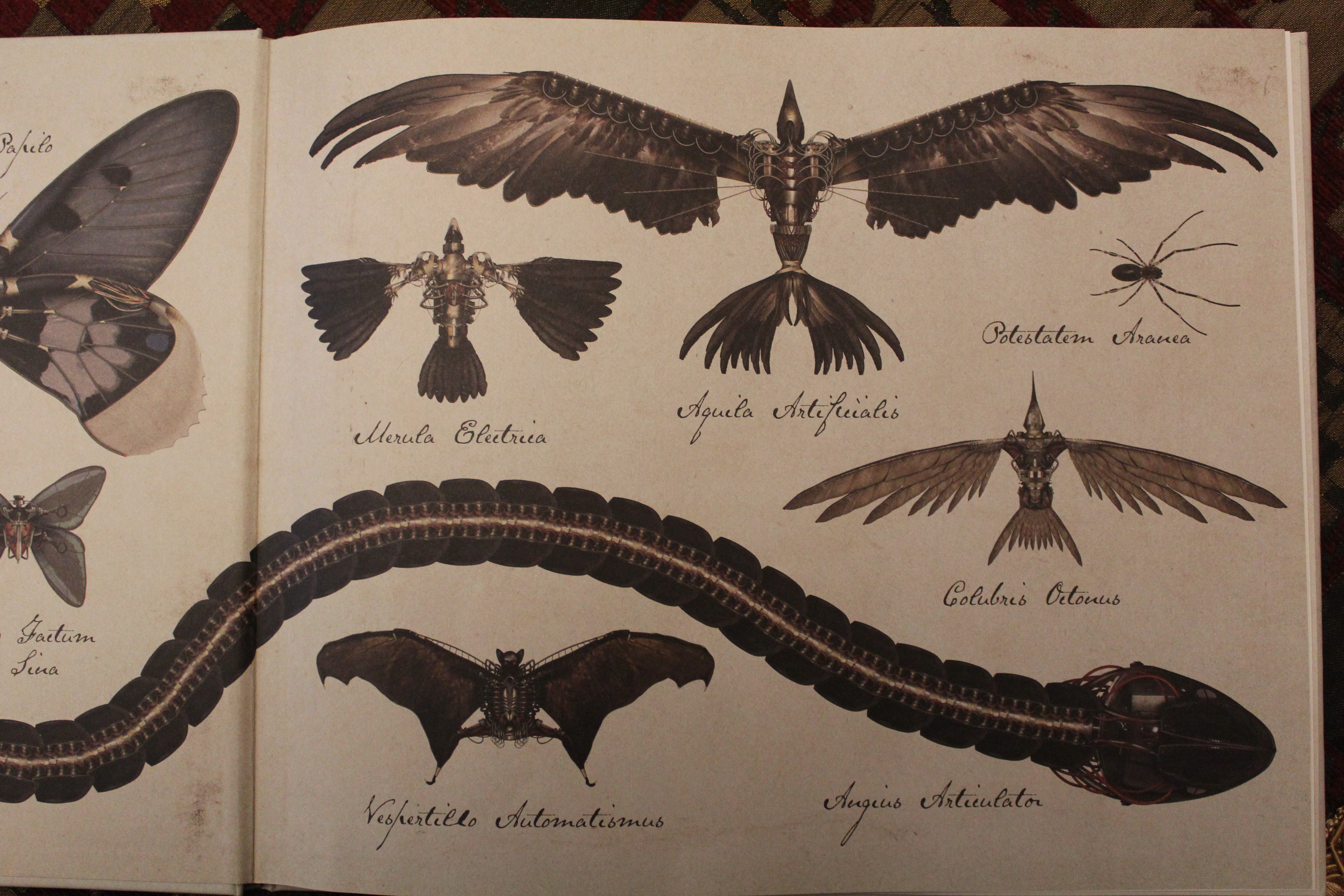
The opening page of the award-winning book by Lance Balchin: ‘Mechanica.’ See the Artificial Eagle at the top center (Aquila Artificialis). Photo by W. Van Zyl.
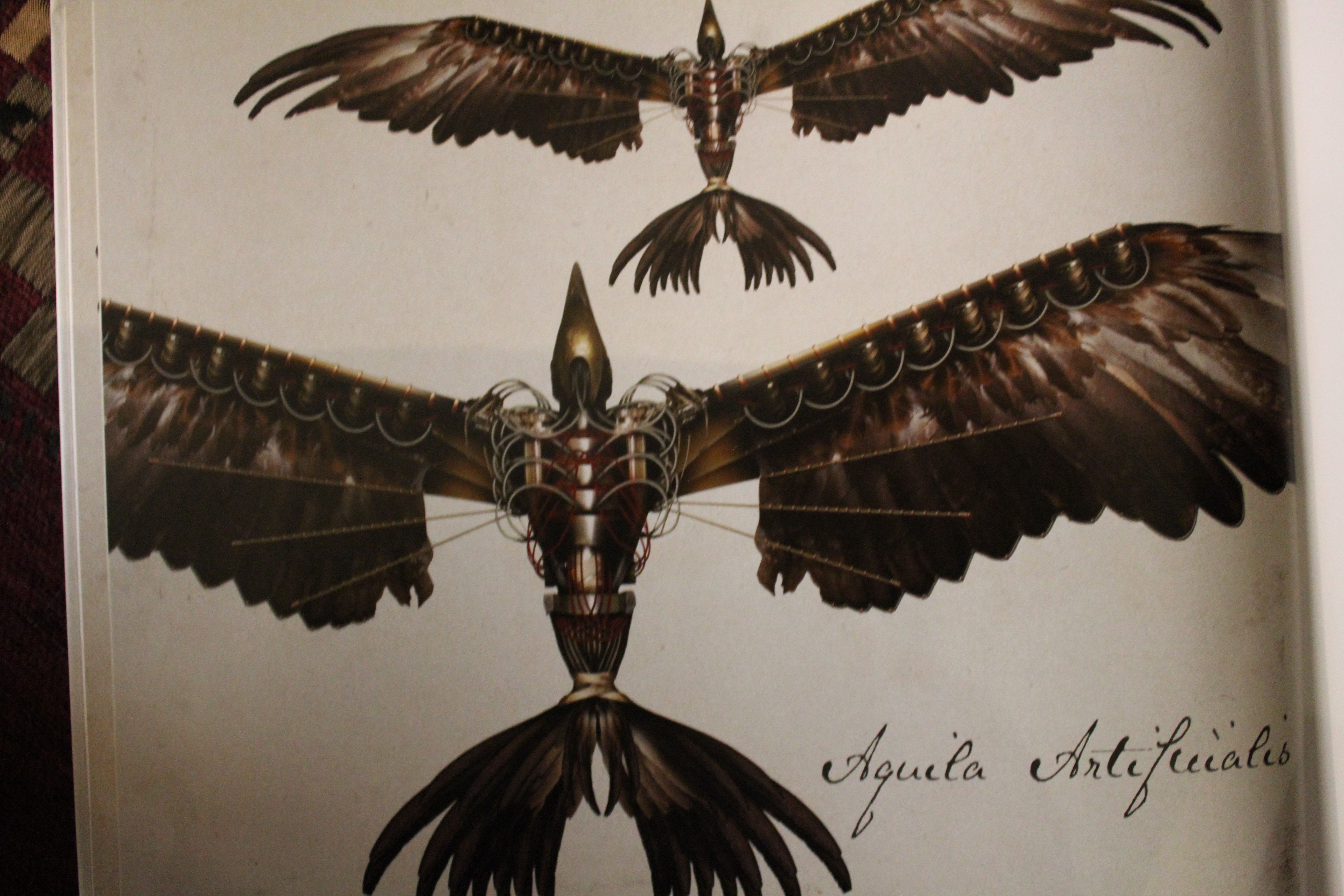
Photo from the book Mechanica by Lance Balchin. Here the photoshopped artificial eagle is displayed. Note the Marnell Turbo Jet engine that propels the bird of prey. The other engineering and scientific details are left to the reader’s and the viewer’s imagination and interpretation. Optical and radar sensors are included. Where could the small pocket computer be that orchestrates the whole system? Can you guess? Photo by W. Van Zyl.
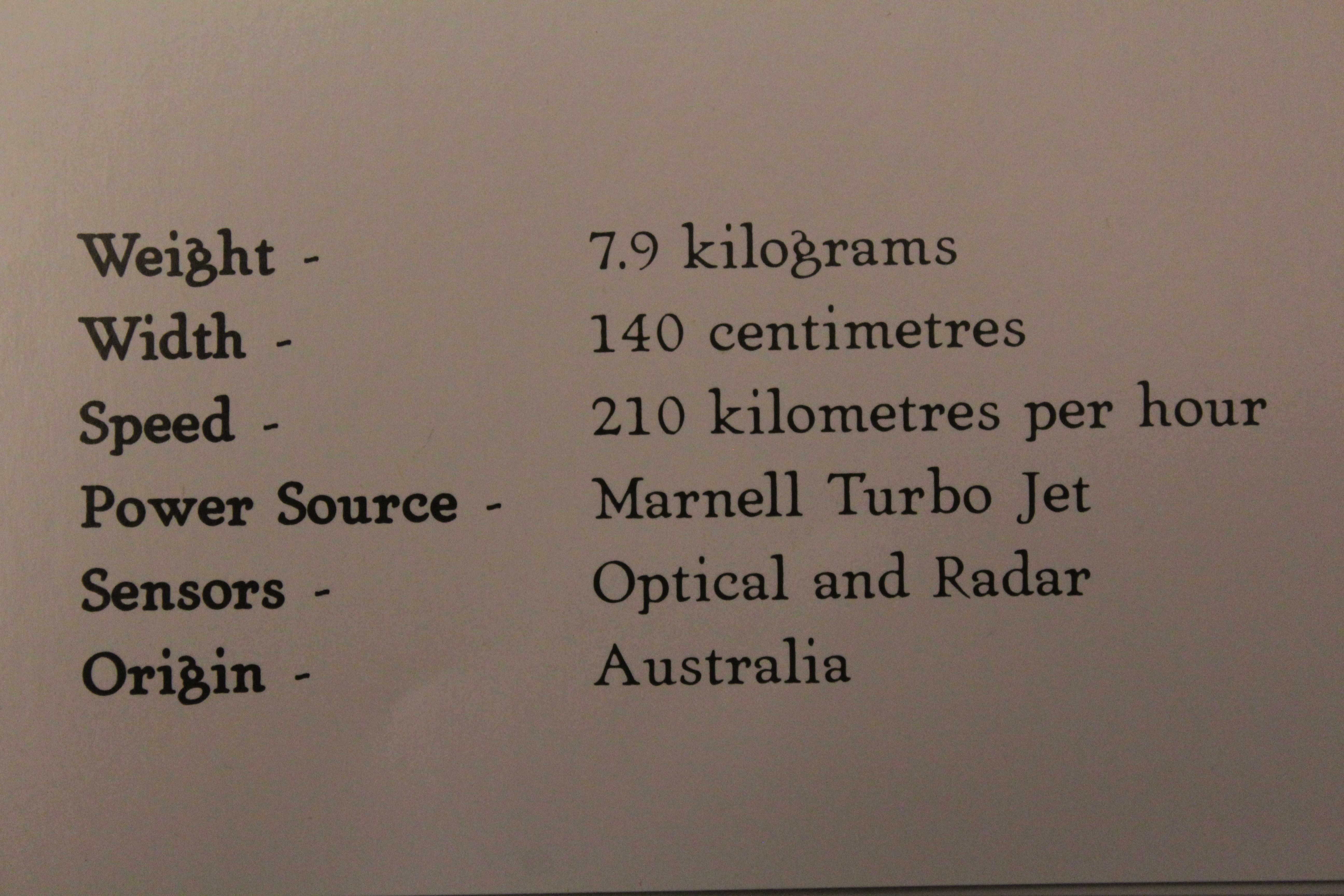
Specifications of the Aquila Artificialis – from Lance Balchin’s book ‘Mechanica.’ Credit: Photo by W Van Zyl.
The illustrations featured in the ‘Mechanica’ and ‘Aquatica’ series of books are created layer by layer in Adobe Photoshop™. The species come to life on the pages from photographs of machinery and other real-world objects. Each image takes many hours to create and consists of thousands of individual layers. Balchin hints at many days of work to produce one species.
How long do humans have to live on earth?
If you are 50 years of age on average, you have 9,125 days left to live. If you are 65, you have 3,650 days left to live. The average person lives 27,375 days.
This random question and answer will make sense later. I will give you a small hint. Calculation: 27,375 ( a person’s total amount of days on the earth) days divided by 6 days (time to design one species on Photoshop – 12 hour work day) = 4,562 days. Yip, you’ve guessed it. One person can create 4,562 species in its lifetime using Photoshop. Note I have not deducted the years as a baby and a child.
Please read on to discover some more brilliant mouse clicks, more lasso-ing, more copying, more pasting, more layering, more connections, more twists and turns.
Contents
Overview:
The Artificial Eagle explained.
How will this thing – the artificial eagle – works?
Considering Creatica.
How many species are there on earth?
Six days. Are you serious?
How many eagle species are there in the world?
Maintenance of the artificial eagle.
Considering Construction, Evolution, and Creation.
“Every Breathing Thing”.
Awe and Majesty.
Resources:
Website of Lance Balchin and his books:
YouTube video links:
About the Researcher (Author):
The Artificial Eagle explained.
The power source for the eagle is a Marnell Turbo Jet Engine – for propulsion – as mentioned. See some photographs of Lance’s drawings and sketches here. At the end of this article, the full titles of his books, a link to his website, and where to find his books will be included. A link to a video by the artist will also feature at the end.
You could be asking what a Turbo Jet engine is. How does it propel the Aquila Artificialis? I am glad you have requested it.
In straightforward terms, the turbo engine works as follows: The turbojet engine sucks in air and compresses or squeezes it. The gases flow through the turbine and make it spin. These gases bounce back and shoot out of the rear of the exhaust, pushing the eagle forward. It is similar to the working of a turbine jet engine. And that is precisely what the artist has done. He has cut a turbo engine from a picture and photoshopped it into the body of the artificial eagle. The feathers are organic, though. There is much more to the design. For example, optical and radar sensors are installed to track, find, navigate, sense, and guide the eagle.
How will this thing – the artificial eagle – work?
While reading and scrutinising the work of Lance Balchin, it became evident that the ‘landing gear’ of the eagle was not considered. Some social criticisms are to follow – sorry, Mr Balchin. How will the eagle land without legs, and how will it take off? How will the artificial eagle rest on the top of a tree if it can’t land? Who will fill up the small fuel tank? Or, will the eagle stay in the air day and night, month after month, year after year? Then it struck me. The mechanica version of the eagle needs many different features to make it functional in the future. Think about the reproduction system, the intestines, the navigation system, the fighting, the attack, the defence systems, the sight, the hearing, the sense of touch, making decisions (brain function), and the nerve system (communication with the brain). There is so much more that has to be considered to make it real and practical. What are the purposes of the artificial eagle? That is the ultimate question.
The mechanica eagle has to stay in the air all its life. It has no legs. How will it make decisions? Who will encode the bird, and how will it be programmed as a bird of prey? The ability and capacity of such a computer will have to be vast. How will every feather be connected to the main computer – considering coordination? Dexterity and agility – like a ‘fighter jet’ – are required. Remember, the eagle has to manoeuvre itself independently, and the computer has to give feed-forward to the feathers and respond to feedback from the feathers as it flies, dives, brakes, lands, and takes off. Not to think about the extravagant aerial manoeuvres required to survive and to attack.
The functionality of the eagle depends on an astonishing amount of information that has to be exchanged between the eagle’s computer and the systems of the eagle. It has to happen at lightning speed. These include survival, navigation, reproduction (?), healing (when injured?), flying, and so much more. By the way, how will the artificial eagle fly and control its control surfaces (rudder, ailerons, and elevator) compared to a jet or plane?
Considering Creatica.
Then God said, “Let us make mankind in our image, in our likeness, so that they may rule over the fish in the sea and the birds in the sky, over the livestock and all the wild animals, and over all the creatures that move along the ground.” Gen 1:26. Think about that statement. Suppose we have dominion over everything on earth today. What will it look like when the artificial eagle and other artificial sea and land creatures – millions of species – roam the earth?
It would take a mammoth task for man to create and maintain such an environment. I am exhausted by the thought.
Stunningly, the words awe and majesty come to mind when I think about the amount of work required to achieve this. And to maintain it. I am feeling tired right now.
How many species are there on earth?
I include an excerpt from an abstract here from a peer-reviewed journal.
‘Knowing the number of species on Earth is one of the most basic yet elusive questions in science. Unfortunately, obtaining an accurate number is constrained by the fact that most species remain to be described and because indirect attempts to answer this question have been highly controversial. Here, we document that the taxonomic classification of species into higher taxonomic groups (from genera to phyla) follows a consistent pattern from which the total number of species in any taxonomic group can be predicted. Assessment of this pattern for all kingdoms of life on Earth predicts ∼8.7 million (±1.3 million SE) species globally, of which ∼2.2 million (±0.18 million SE) are marine. Our results suggest that some 86% of the species on Earth, and 91% in the ocean, still await description. Closing this knowledge gap will require a renewed interest in exploration and taxonomy, and a continuing effort to catalogue existing biodiversity data in publicly available databases.’
Source: PLOS Biology – A Peer Reviewed Journal. https://www.ncbi.nlm.nih.gov/pmc/articles/PMC3160336/
One could attempt to make some calculations to determine how long an illustrator will take to design one species at a time with an average of 70 hours using computer software (waking hours). Then we have to allow for the construction, then testing and modification. Yawn… There will be too many zeros. I will leave the calculations for now.
Six days. Are you serious?
According to the Holy Writ creation took 6 days with rest on day 7. Here is a brief summary.
DAY ONE:- “Let there be light.”
DAY FOUR:- “Let there be LIGHTS…”
DAY TWO:- The waters above (clouds) separated from the waters below (ocean) with an expanse (atmosphere) in between.
DAY FIVE:- The waters below are populated with marine life, while the atmosphere above is populated with flying creatures and birds.
DAY THREE:- The seas are parted, and the dry land appears. God says “let the earth bring forth” plant life-bearing seed.
DAY SIX:- God says “let the earth bring forth” animal life and creeping things … and finally, man.
That was short.
How many eagle species are there in the world?
There are at least 106 eagle species. See a list of all the different species: https://www.birdlife.org/worldwide/news/list-eagle-species
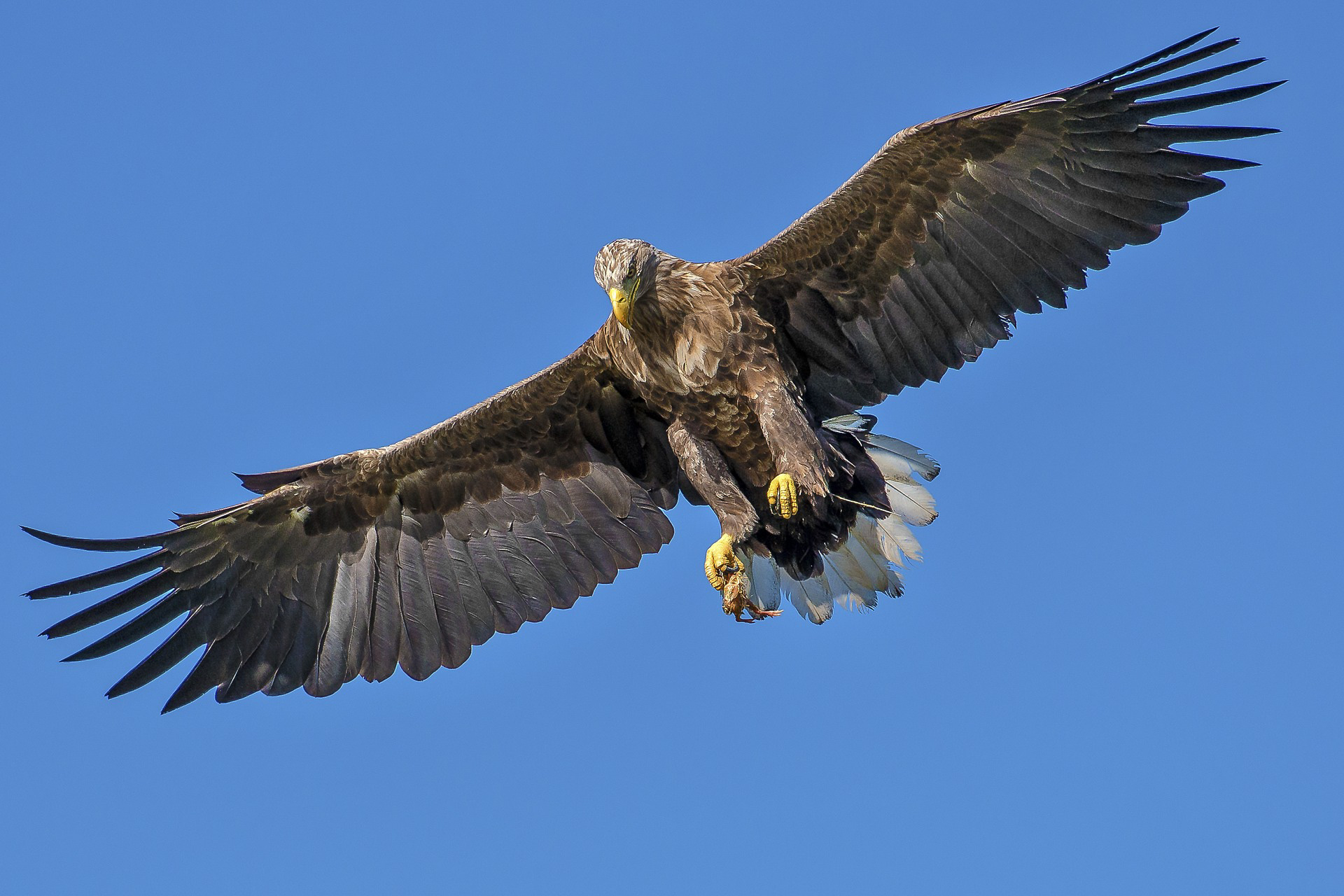 An eagle with prey clenched in its right claw.
An eagle with prey clenched in its right claw. 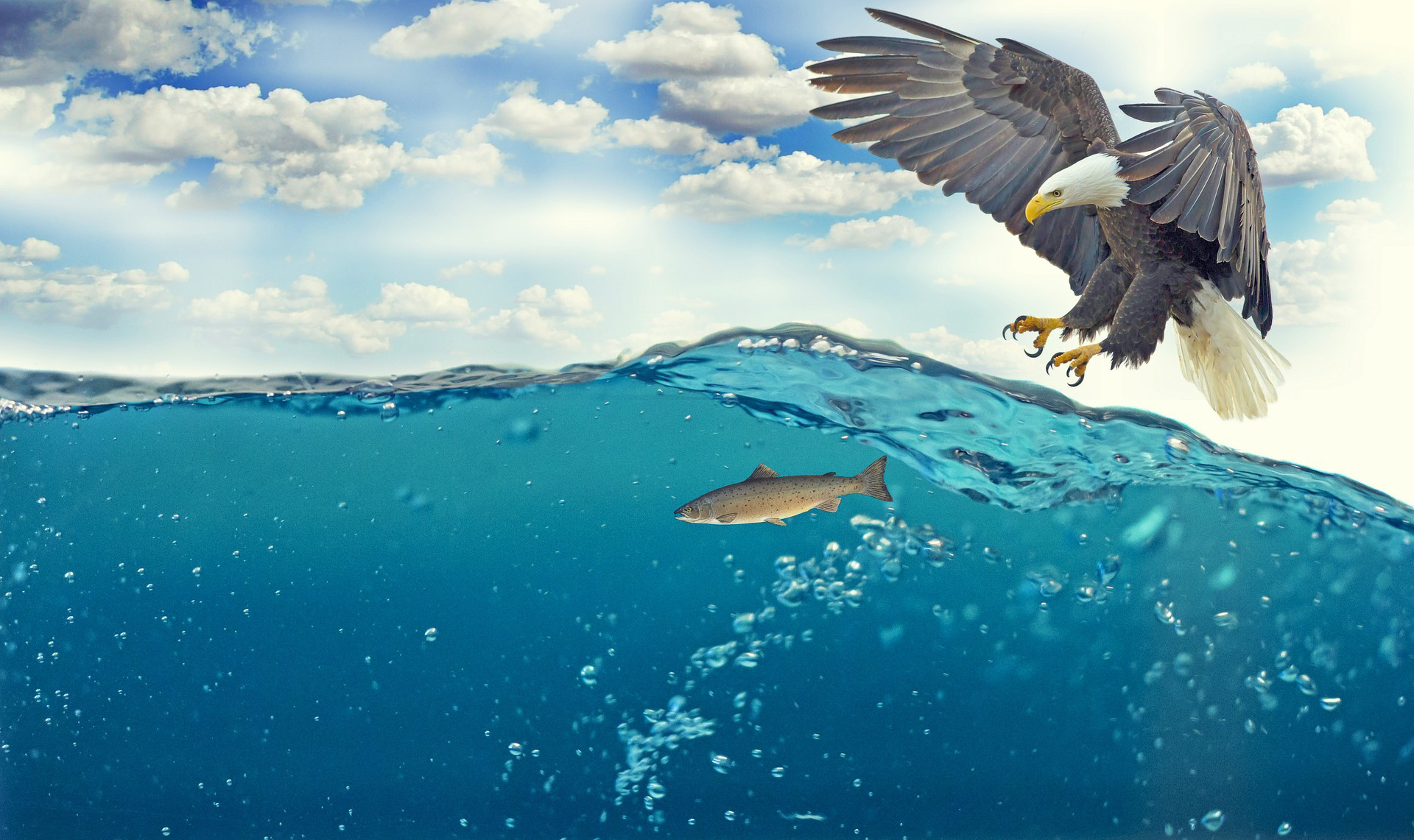 White-tailed eagle hunting fish.
White-tailed eagle hunting fish.
Maintenance of the artificial eagle.
Included are some extravagant questions. How will the artificial eagle be maintained? Who will fix it? Who will find it when it is 'injured.' Who will track the position of the eagles? GPS, of course – but who will go and find them and fix them? And the big question, from a philosophical perspective, is what is the artificial eagle's purpose? What will be entered into the computer of the eagle? In relation to the other mechanical species, what will the purpose and programming be for the artificial species? So much to consider. How to harmonise all the species – living together – will be a mammoth task. How will man fit into the larger picture of these species? Creator, scientist, and mechanic? Ruler? The bigger question is: 'What will man's purpose be in this artificial world orchestrating all these species? Think about sitting in the forest – or diving gear on the ocean floor – surrounded by all the artificial species. Will it attack humans? Will it be friendly? Will man enjoy the sounds and the movements it makes? When contrasting mechanica with the natural world, we know that man enjoys the beauty of the natural world. Will man enjoy the artificial world?
Considering Construction, Evolution, and Creation.
From a futuristic perspective, man will have to design, build, maintain, and programme the eagles. What could evolution look like? Think about all the work required to upgrade all the different species of mechanica. Who will do all this work? Yes, you could say roll out a computer update via Bluetooth and Wifi (G5). Great idea!
The natural eagle maintains itself (feeding, grooming, procreating, protecting, attacking, and much more). Nobody has to look after the eagle. It is a fully independent entity. In fact, the organic eagle is designed to function in the food chain to survive and reproduce continuously. Someone has worked it all out; it took less than a second. Are you serious? Less than a second?
Man's only responsibility is to look after the environment and take care of nature. Ensuring and maintaining the equilibrium to protect the biodiversity on earth is our task. Together all the species are designed to function perfectly in the food chain system. Some live, and some die. The percentages are all worked out in advance. Humans don't have to worry at all about anything else. As humans, our primary responsibility is to look after the land, the forests, the plants, the animals, the sea life, the freshwater – the environment in general.
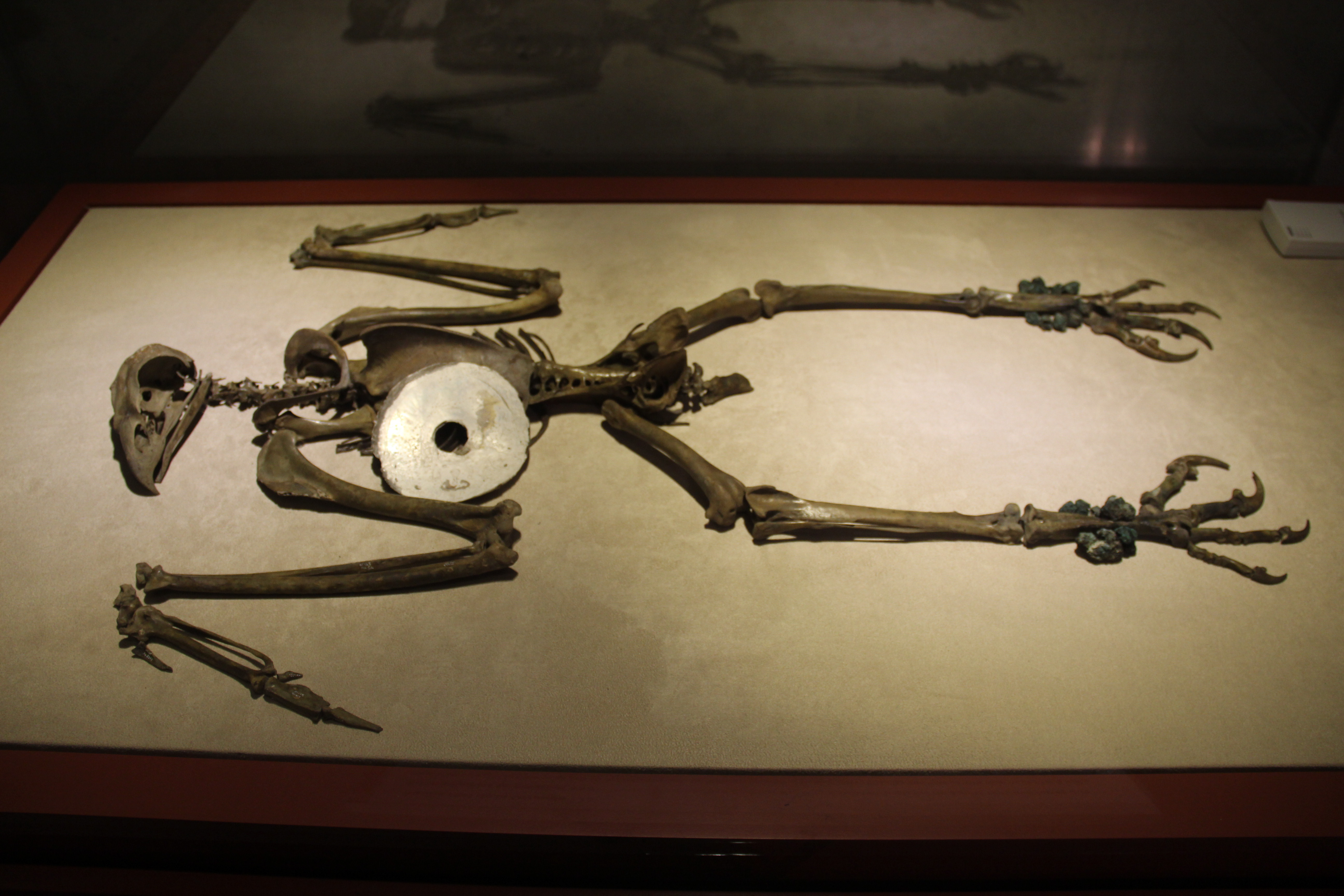 Image: Aztec Eagle Skeleton. Templo Mayor Museum at the site of Aztec Great Temple, Mexico City. Complete indexed photo collection at WorldHistoryPics.com. Credit: Gary Todd. From flickr.com. https://www.flickr.com/photos/101561334@N08/9781226742/in/photostream/
Image: Aztec Eagle Skeleton. Templo Mayor Museum at the site of Aztec Great Temple, Mexico City. Complete indexed photo collection at WorldHistoryPics.com. Credit: Gary Todd. From flickr.com. https://www.flickr.com/photos/101561334@N08/9781226742/in/photostream/
I include an excerpt from the jw.org website about the magnificence of the Creator, Jehovah the Creator of the universe. *Quotes from Psalms and Job.
“Every Breathing Thing”
By discussing various wild animals, what lesson did Jehovah teach Job?
15. Another vivid proof of Jehovah’s creative power lies in the abundance of animal life on the earth. Psalm 148 lists many of the things that praise Jehovah, and verse 10 includes “you wild animals and all you domestic animals.” To show why man should be in awe of the Creator, Jehovah once spoke to Job about such animals as the lion, the zebra, the wild bull, Behemoth (or, hippopotamus), and Leviathan (evidently the crocodile – or dragon?). The point? If man stands in awe of these mighty, fearsome, and untamable creatures, how should he feel about their Creator?—Job, Chapters 38-41.
What impresses you about some of the birds that Jehovah has created?
16. Psalm 148:10 also mentions “winged birds.” Just think of the varieties! Jehovah told Job of the ostrich, which “laughs at the horse and at its rider.” Indeed, this eight-foot-tall (2.5 m) bird may be flightless, but it can run 40 miles per hour (65 km/hr), covering up to 15 feet (4.5 m) in a single stride! (Job 39:13, 18) On the other hand, the albatross spends most of its life in the air over the seas. A natural glider, this bird has a wingspan of some 11 feet (3 m). It may soar for hours at a stretch without flapping its wings. By way of contrast, at only two inches (5 cm) in length, the bee hummingbird is the smallest bird in the world. It may flap its wings up to 80 times in a second! Hummingbirds, glittering like little winged gems, can hover like helicopters and even fly backwards.
Source: https://www.jw.org/en/publications/books/draw-close/power/the-creator/
Awe and Majesty
Here are those two words again. Awe and Majesty. I include the two words in a sentence.
I stand in Awe of the Majesty of Jehovah.
The Mind and the Mouth of GOD.
So, how did He create all of it in just 6 days? I will offer a humble and limited explanation – if you wish.
Jehovah created light. Did you know that the smallest particle of all physical matter is light? So, as He was thinking – considering His design thoughts about the species and the function – He used his imagination (equivalent to billions and billions of pages of textbooks with formulas, charts, and research as we know it) and said: “Eagles (about 106 species), Hawks (about 71 species), Falcons (about 71 species), Crows (about 19 species), …
Then, light particles – molecules and spirals of encoded DNA – assembled and formed these magnificent creatures… Very quickly, they were designed, produced, and note it did not require any testing or tweaking. The newly created species followed His design code – it all worked perfectly. Equilibrium was established within the biodiversity of nature.
Why would light follow his instructions, you may ask? Because the universe has to obey Him. He is the Ruler. The Great ‘I Am.’
The world – as we know it – was framed by His words. We are created in His image.
Through faith we understand that the worlds were framed by the word of God, so that things which are seen were not made of things which do appear. Hebrews 11:3
We are instructed to frame our world and our future by using our words mixed with faith.
“If you say to this mountain…”
Excerpt/extract of the book showing pictures and the intro:
http://www.betterreading.com.au/wp-content/uploads/2016/08/mechanica-extract.pdf
Resources:
Website of Lance Balchin and his books:
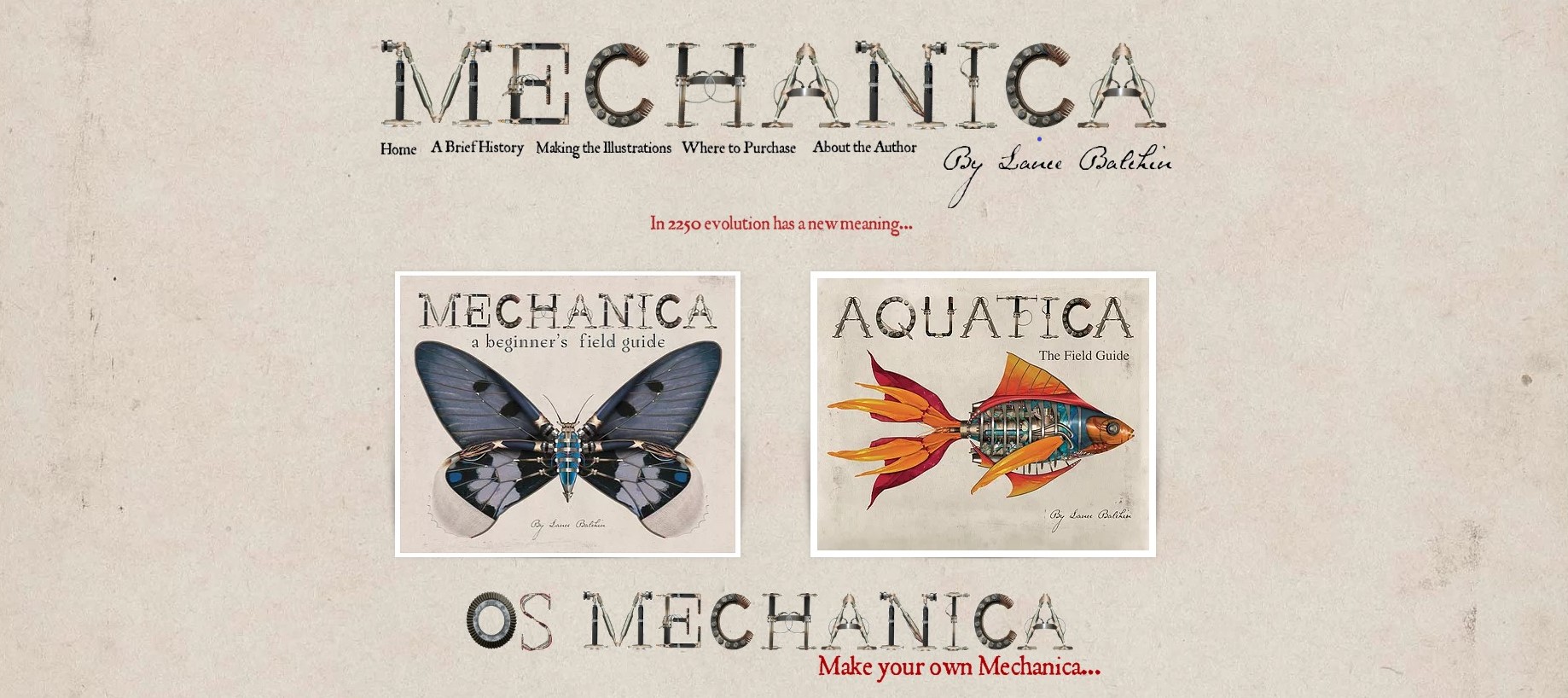
YouTube video links:
https://youtu.be/YYO9u3Em9-8
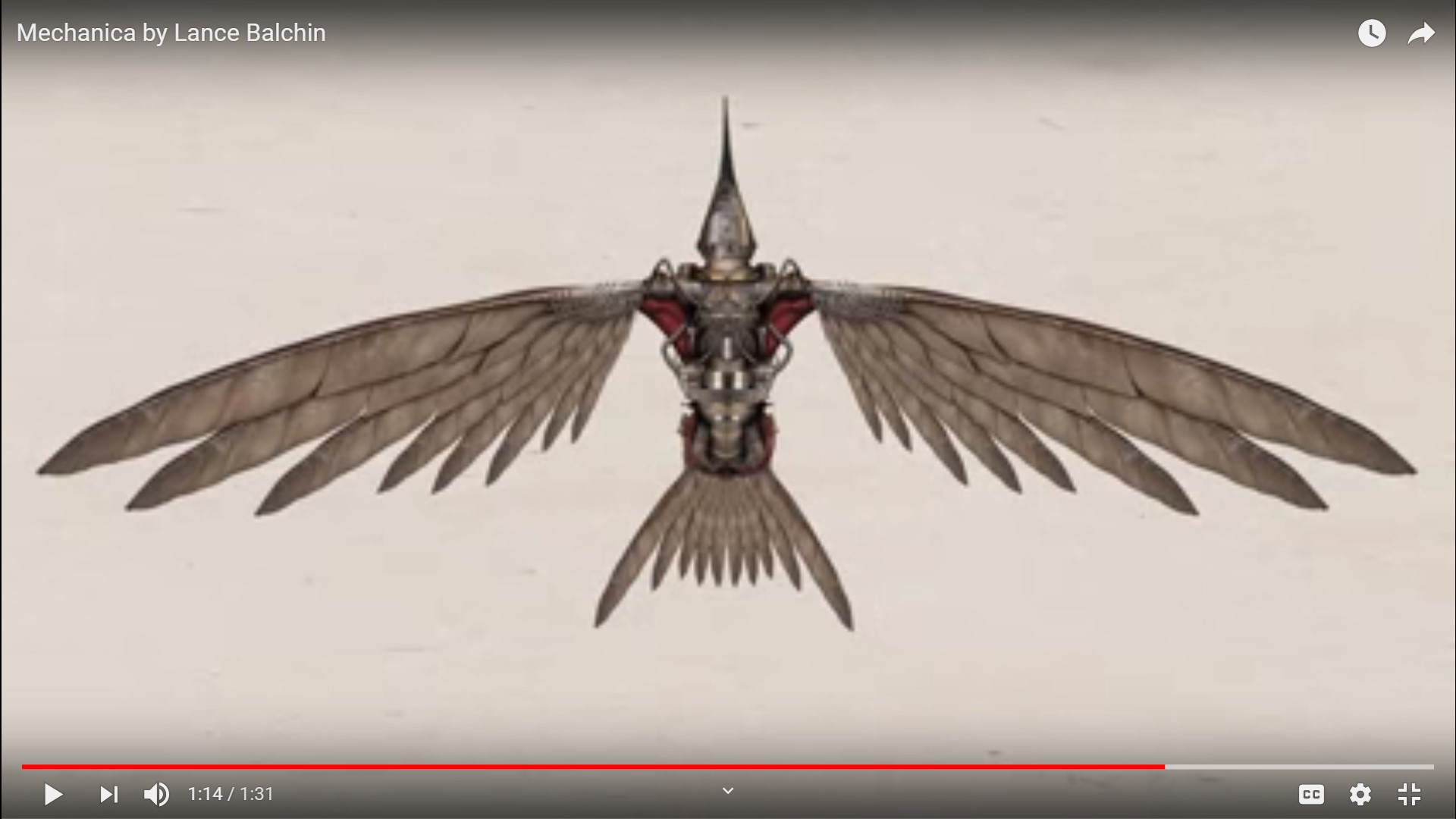 Maori
Maori
Interested in more Māori resources on architecture, food, fashion, furniture, tools, worldview, AI, and more?
Search the blog posts: 'Māori'
Here are some examples of the many articles and resources available: Māori context (metalwork, woodwork, furniture, food, tools, worldview, placenta, AI, Modernist architecture [Le Corbusier - Villla Savoye and others], and much more).
https://fivehousepublishing.com/2023/08/20/placenta-and-the-maori-worldview/
https://fivehousepublishing.com/2023/12/01/ai-inspired-maori-fashion/
https://fivehousepublishing.com/2023/12/01/ai-inspired-maori-food/
https://fivehousepublishing.com/2023/09/01/contemporary-maori-inspired-architecture-in-new-zealand/
About the Researcher (Author):
William van Zyl is a secondary school Design and Visual Communication teacher. He is a keen researcher and writer. As a postgraduate student and researcher, his academic interests are Open Education (Radical Openness), Alternatives to Neoliberalism, Peer-to-Peer (P2P) Collaboration, P2P Teaching and Learning Technologies, and the Philosophy of P2P Processes and P2P Technologies (Theorists: Foucault, Habermas & Popper). He also has keen interests in the Gifted and Talented, Technology Education, and Virtual Learning Environments (VLE’s) like Moodle & Google Classroom. Sustainable Architecture, the implementation of bio-mimetics, and animal architecture are some of his Design and Visual Communication areas of study.
Christian Perspective
The author is passionate about Christian perspectives and Christian philosophical thinking. He loves to write about many matters and issues related to real-life situations. He loves to explore different perspectives and paradigms; he then compares them to a Kingdom perspective—a lifelong scholar and student.
More about the author: http://williamvanzyl.com/
See more ebooks and publications by the author at:
